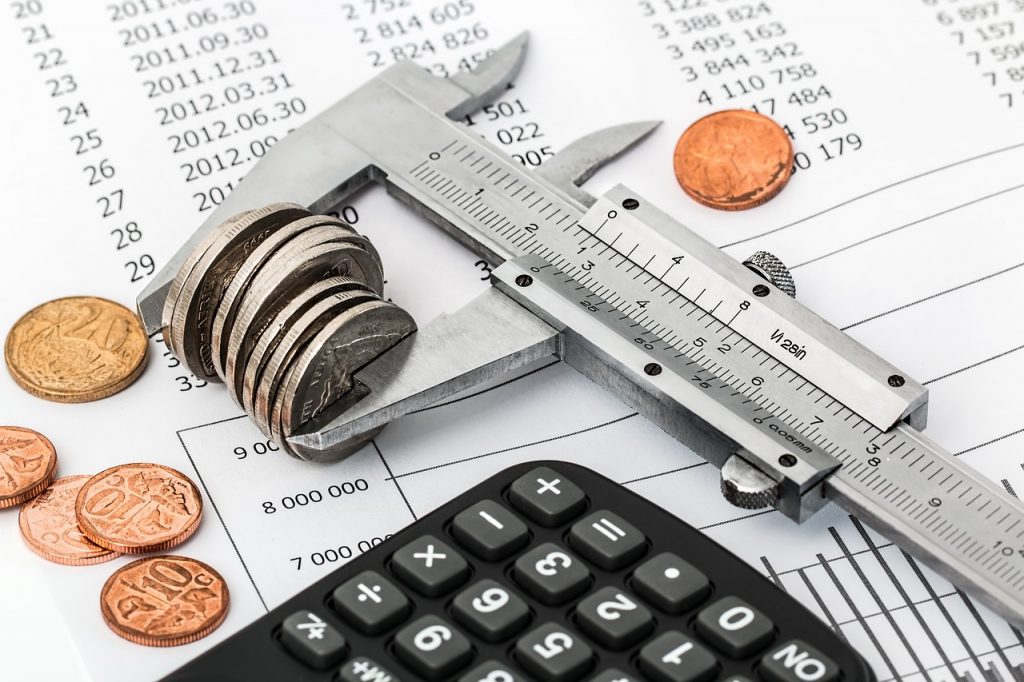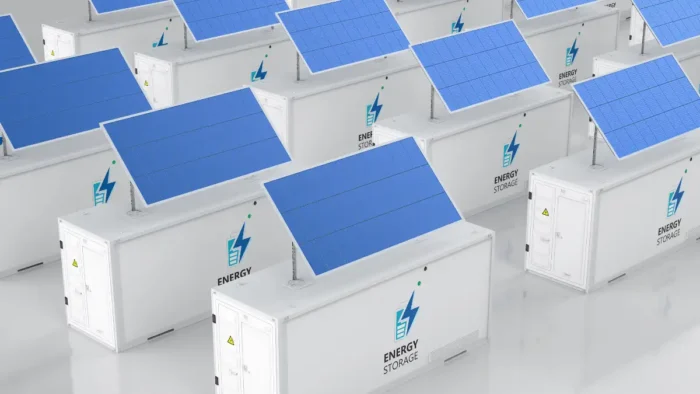Few people actually want to be in debt, but there are situations in life when borrowing could be a good thing. Obviously, maxing out your credit cards and drowning in interest payments is not one of them. Financing major purchases could be, though.
John Paul Getty III once said, “If you owe the bank $100, that’s your problem. If you owe the bank $100 million, that’s the bank’s problem.” JP had the distinction at one point of being the richest man in the world. He probably knew a thing or two about managing debt.
The criteria for separating good debt from bad debt involves determining what the material benefit is from taking on the debt and what the terms are. In this article, we’ll go over the attributes of good and bad debt. This may give you some new perspective on the subject.
Assessing debt based on terms and conditions
Before taking on any new debt, it can be a good idea to use a loan payoff calculator to figure out how much you’ll actually end up paying the lender over the course of the loan. This is a good way to compare APRs and see exactly how you’re going to pay for that new house or car.
Look for low-interest rates. They decrease your monthly payments and give you the ability to pay off the loan faster. You’ll also want to request an amortization schedule, which shows you how much of your monthly payment goes toward interest and how much toward principal.
Good terms and conditions don’t necessarily indicate that you’re taking on good debt. If the purchase is frivolous, you’re probably throwing money away. There’s also the question of whether or not you can afford the payments. It’s easy to get buried if you take on too much.
Good debt has a lasting benefit
Buying a kitchen appliance with your credit card may actually be good debt, but would financing through the store have been cheaper? Interest rates on credit cards are high, so in this scenario, you get a lasting benefit (the appliance). But you probably paid too much.
A real estate investment is a better example of good debt. If you buy at the right time when property values are low, it could turn into a profitable venture. That classifies as good debt. Don’t overpay, get a decent mortgage interest rate if you can, and build some equity.
Business investments fall in the same category if you have a solid business plan and are able to properly execute it. If it generates an income stream and you’re able to pay off the loan, it’s good debt. There’s a lasting benefit in owning or expanding a business.
Are auto loans good debt?
Auto loans could be classified as either good or bad. Cars depreciate in value the minute you drive them off the lot, but you’ll hopefully get multiple years of use out of them. That’s called practical value. You won’t make a profit, but you will get a lasting benefit.
Buying a $100,000 sports car when you can barely make your mortgage payment is not taking on good debt. It’s important to look at your overall financial picture. Major purchases with a lasting benefit help you build wealth. Impulse buys are typically taking on bad debt.
📝 Author: Kevin Flynn
Kevin D. Flynn is a former fintech coach and financial services professional. When not on the golf course, he can be found traveling with his wife or spending time with their eight wonderful grandchildren and two cats.





